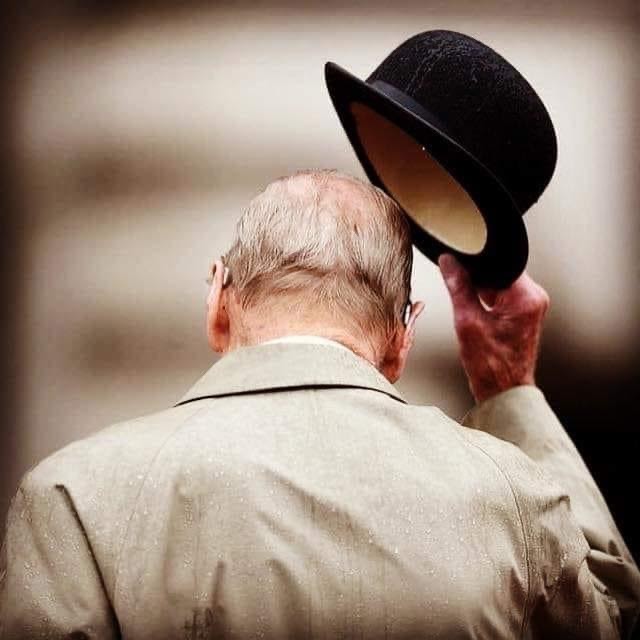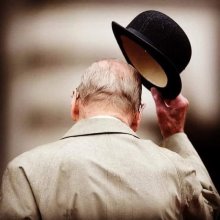
HRH The Prince Philip, Duke of Edinburgh. 1921 - 2021
The following notice was placed outside Buckingham Palace on Friday morning:
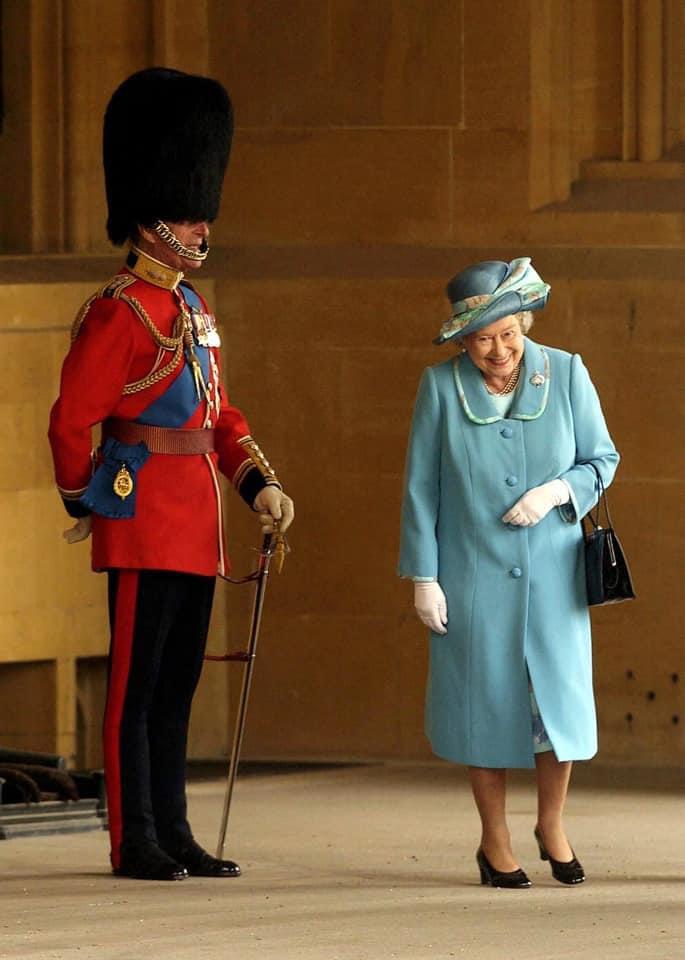 “It is with deep sorrow that Her Majesty The Queen announces the death of her beloved husband, His Royal Highness The Prince Philip, Duke of Edinburgh.”
“It is with deep sorrow that Her Majesty The Queen announces the death of her beloved husband, His Royal Highness The Prince Philip, Duke of Edinburgh.”
“His Royal Highness passed away peacefully this morning at Windsor Castle.”
“Further announcements will be made in due course.”
“The Royal Family join with people around the world in mourning his loss.”
In the United Kingdom, the release of such news from the Royal Family is usually posted in this manner.
As a School, we are all saddened to hear of the passing of His Royal Highness The Prince Philip, Duke of Edinburgh and our thoughts are with Her Majesty, The Queen and her family and this time.
He was married to Her Majesty, The Queen for 73 years and served at her side loyally as her Consort. Prince Philip was a military man who saw service in the Royal Navy during the second world war and was mentioned in dispatches for his role at the Battle of Matapan in 1941.
He was born in Corfu on 10 June 1921, the fifth child and only son of Prince Andrew of Greece and his wife Alice, who was the sister of Lord “Dickie” Mountbatten. A prince of the royal houses of both Denmark and Greece, he bore the magnificent full name of Philip (“Philippos” in Greek) Schleswig-Holstein-Sonderburg-Glücksburg.
His career in the Royal Navy was blossoming when he was forced to resign when his wife became Queen. He never looked back but accepted this was part of his duty of service and so he became the Queen’s Consort.
As male consort to a female sovereign, Prince Philip had no constitutional position. But no-one was closer to the monarchy, or of greater importance to the monarch, than he was. The Queen often would ask the question what would Prince Philip do, in order to elicit his thoughts on a subject. She later described Prince Philip as her ‘strength and stay.’
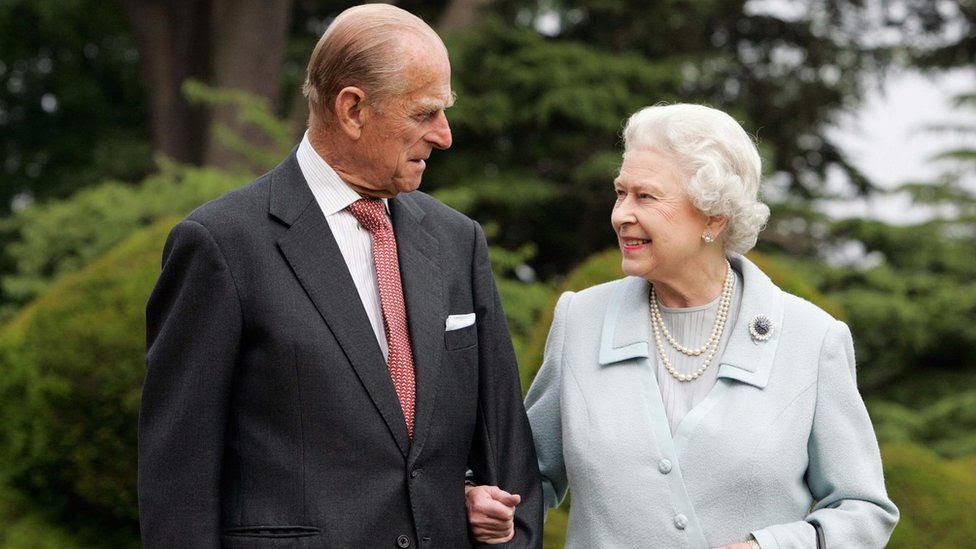
He spent seven decades in the shadow of his wife, Queen Elizabeth II, but his force of personality led him to develop his own interests to develop young people and in 1956 he created the concept of the Duke of Edinburgh Award and the Duke of Edinburgh International Award.
The remit and purpose of this was to provide young people with the opportunity to explore and to test their resolve and understand the meaning of service, just as he had done at Gordonstoun School. He described the scheme as a ‘Do it yourself growing up kit’.
Many of our students have undertaken the Duke of Edinburgh International Awards and he would be very proud of each and every one of them.
He was a skilled marksman, a formidable cricketer, an accomplished equestrian driver and a qualified pilot.
The Queen and Prince Philip had four children together: Prince Charles, 72, Princess Anne, 70, Prince Andrew, 61, and 57-year-old Prince Edward.
During the COVID crisis, the Duke and The Queen remained in isolation within their apartments at Windsor Castle, he called his small team of carers and the rooms within which he lived, Her Majesty’s Ship (HMS) Bubble. This is indicative of his sense of humour but also his sense of pride in his service.
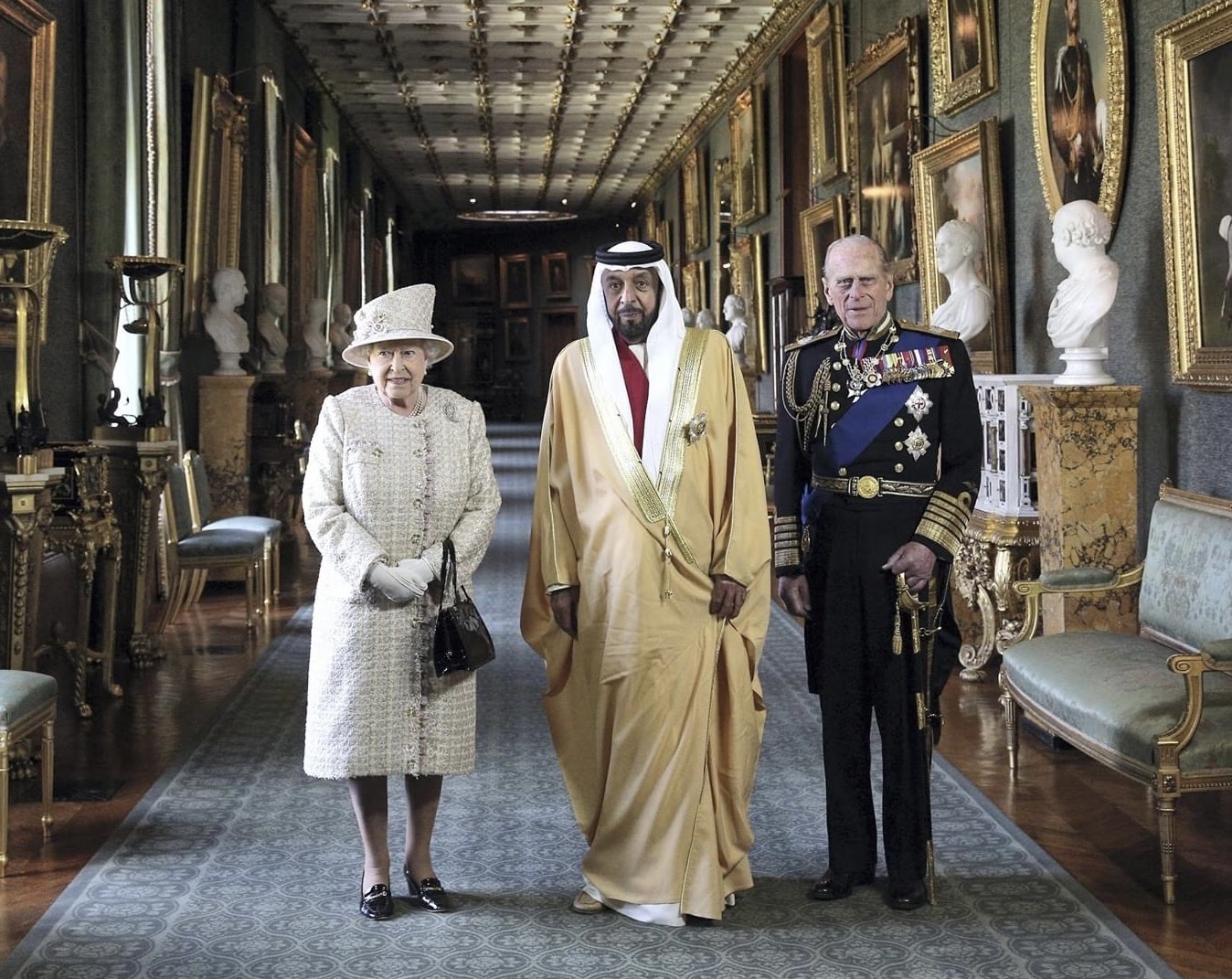
He helped build and maintain strong relationships with the United Arab Emirates and as a nation, the UAE has sent a message of condolence to Her Majesty The Queen.
We pay our respects to a man who was a selfless leader and a loyal servant to his country and also his wife, Her Majesty The Queen.
We lowered the Union Jack at BSAK yesterday afternoon and it will remain lowered until dawn the day after the funeral.
When a member of the British Royal Family passes away, there are set protocols regarding the flying of the Union Jack at half mast, as a mark of respect.
Farewell Sir and thank you.












.jpg&command_2=resize&height_2=85)

.jpg&command_2=resize&height_2=85)

.jpg&command_2=resize&height_2=85)
.jpg&command_2=resize&height_2=85)




